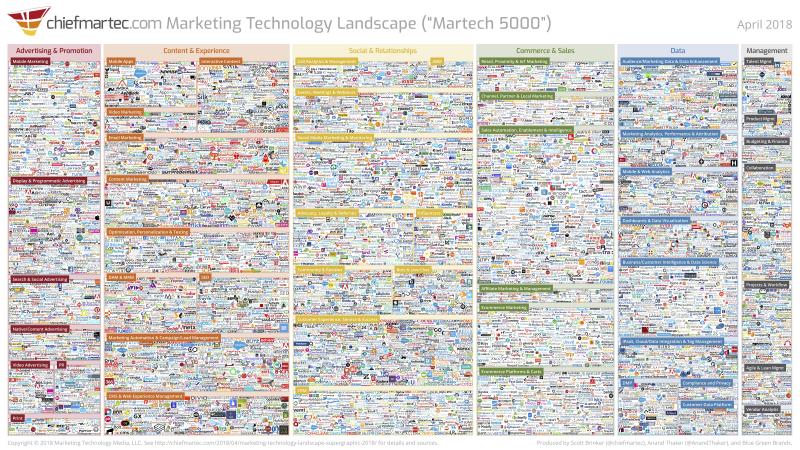
How to Measure B2B Social Media Marketing Success
Social Media Marketing success is hard to measure, but here are a few tips that will help you determine how well your social media marketing campaign is performing.
Suppose you want to increase your brand awareness and establish your company or management team as thought leaders in your space.
You will need to create content that is relevant to your audience and addresses issues in your industry. Publish this content on a blog, send it out in an email newsletter, tweet about it, post it on your company's LinkedIn and Facebook pages, or offer it as a download from your website.
You can also create LinkedIn surveys, join LinkedIn groups relevant to your target audience and pose questions, comment on articles, etc. Offer insights into industry trends, shifts in market expectations, plus initiatives or offers from your company and management team that position them as thought leaders.
Curate, by retweeting or sharing, posts by analysts and industry observers that are valuable to your audience. These efforts help make others want to follow you and learn more about you and your firm.
Measurements of success include:
Closed sales
Qualified leads
Traffic to your website
Subscribers to your email newsletter
Number of friends and followers
Shares, comments, and re-tweets
Engagement on social networks, like shares, comments, or retweets
Engagement your website, such as comments or forum followers
If your goal is to increase customer satisfaction, stay connected with your audience via email newsletters sent out on a regular basis with industry and company news. Respond quickly to any questions, direct messages, or comments posted on your social media outlets. You can set up Google Alerts to receive an email anytime someone mentions your company name, which will help you track what others are saying about you and help you be proactive with customer satisfaction.
Measurements for improving customer satisfaction can be an increase in engagement, click-throughs, opens, traffic, etc.
Ultimately, you will want to establish goals, such as to increase sales, improve brand awareness, facilitate customer experience or decrease costs of marketing (cost per sale).
An initial step can be to assess (measure) common industry metrics. However, sales may not increase in direct proportion to changes in these metrics. So, use them as guidelines or general indicators as you better understand which ones lead to higher revenues and happier customers.
The extent of reach based on the number or the potential number of impressions
A shift in buzz over time (sentiment analysis)
Social mentions of competitors vs. your own products, services, or brand
Buzz by social channel
Growth of fans, followers or friends
Rate of sharing/re-tweeting
Embeds or installs of apps/programs
Downloads of offerings (free giveaways), such as brochures or tip sheets as PDFs
Completion of contact form for more information
Views, likes, shares and subscriptions to videos or video channels
Comments and followers of a discussion Social bookmarks Increase in branded organic traffic
Referral traffic to your site from social media sites Registration for webinars or events
Support requests or complaints – along with happy resolutions Bottom line is that you must carve out a block of time that you or other members of staff (or an agency, such as MediaFirst) can dedicate to your social media outlets for monitoring, posting, commenting, re-tweeting, and engaging.
The more effort you put into your social media outlets with relevant content for your target audience, the more success you will have.
